Starting a future in software can excite beginners while causing confusion about the first move. Advice, tutorials, and bold promises appear on countless sites, yet a clear sequence still guides progress. A ranked list of trusted online coding classes points learners toward early wins, income-friendly abilities, and realistic timelines. Along that road, written tasks such as reports or resumes may pile up, and that’s where time-saving support like online paper writing services by SpeedyPaper can help coding for beginners focus on learning instead of formatting. Matching reliable study resources with time-saving help lets complete newcomers advance quickly. This guide explains each recommended course, from gentle Python lessons to intensive bootcamps. It shows how every option fits into an achievable tech plan. Reading ahead will help students compare costs, formats, and career objectives while learning at their own speed.
Reasons to Study Programming Online
Learning code online removes rigid lecture schedules and cramped rooms. Students choose their study hours, adjust pace, and revisit hard lessons until ideas click. This freedom benefits parents, full-time staff, and curious explorers who want proof before investing major time or money. Many platforms offer trial modules without charge, letting users test the style and difficulty. Paid certificates unlock only once confidence rises, keeping risk low. Because classes live in the browser, a simple laptop and a reliable connection supply everything needed to begin.
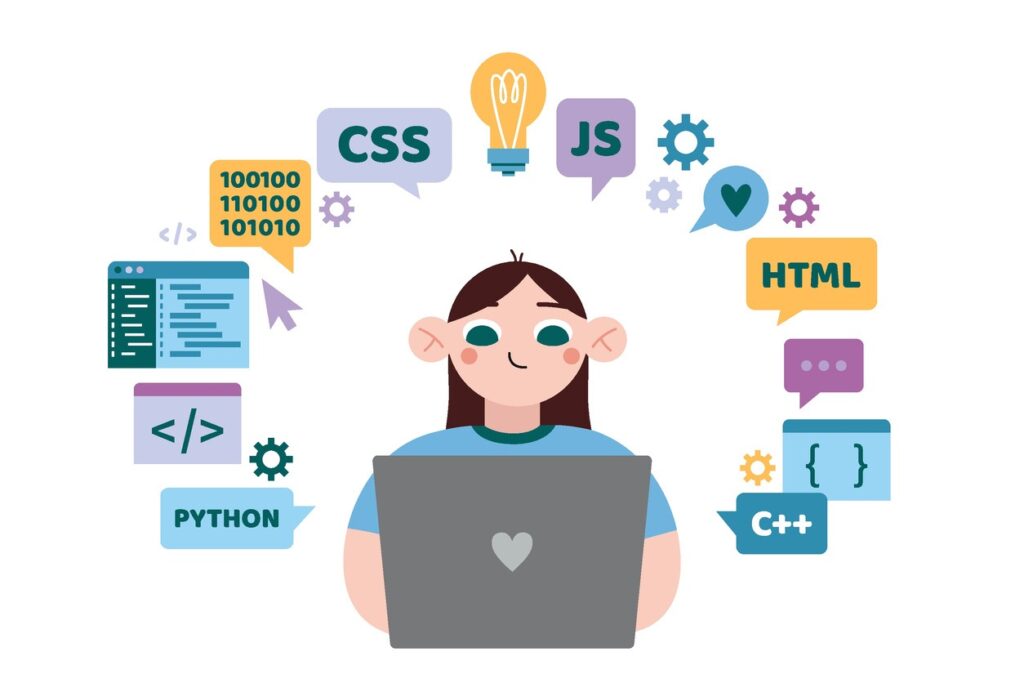
A wide variety of content marks another clear advantage over classrooms. Short clips show editor setup while university-backed tracks span years. Interactive quizzes, live code panels, and project sandboxes turn abstract syntax into visible results people can share. New sections arrive monthly, so learners always find fresh paths matching their goals. Automatic grading quickly highlights errors, reducing frustration and wasted downtime. Peer forums and mentor sessions supplement videos, creating a support net that rarely closes. These traits explain why millions select online study each year.
Essential Needs for First-Time Coders
Looking at code for the first time can feel like entering a room full of secret marks. Good starter courses focus on tiny wins that raise morale and remove fear. Printing greetings, drawing simple shapes, or styling a small page offers instant proof of progress. Lessons often link problems to daily life, like grocery totals or sports scores, making logic feel concrete. Instructors stress core ideas shared across every language: variables, loops, functions, and plain data types. Once these pieces fit, learners step into any new syntax with confidence intact.
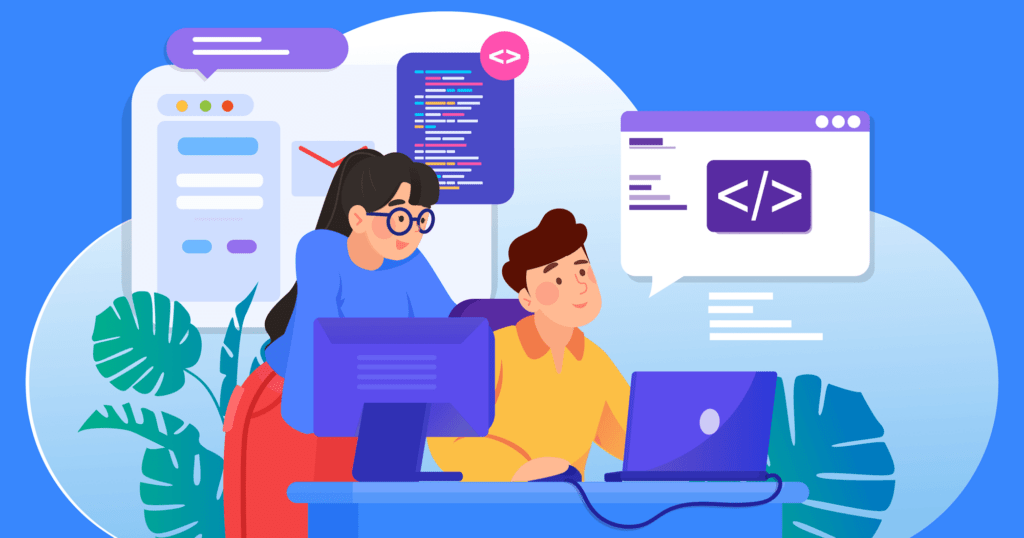
Active community engagement matters just as much as polished lesson videos. Chat rooms, peer reviews, and weekly mentor calls allow beginners to ask without shame and get quick answers. Seeing others wrestle with similar bugs confirms that confusion is normal and temporary. Leaders encourage a culture where sharing half-built projects is safe, pushing growth faster than solo study. Smart programs also teach healthy workflow habits early, including clear comments and color-coded editors. These practices follow students into advanced tracks, saving time and headaches later.
Simple motivation tools boost consistency during the fragile early learning stage for newcomers. Streak counters, daily prompts, and progress badges reward small but steady effort. Video reflections by past learners share honest stories of frustration and success, helping new students set realistic expectations. Access to recorded lectures allows repetition without shame, ensuring that tricky subjects get time to sink in. Building these supports into a curriculum keeps dropout rates low and confidence high.
Benefits of a Friendly Python Track
Python stands out as a starter language because its syntax reads like plain speech. Small differences between code and comment help learners focus on ideas, not punctuation. Many tracks begin with pocket change calculators or movie sorting scripts, then expand into chatbots or simple data dashboards. Python runs on any major system, so students practice at home, in cafes, or on public machines. A vast library collection unlocks tasks such as automation, scraping, or basic machine learning without extra cost. These points make Python a frequent choice for first credit.
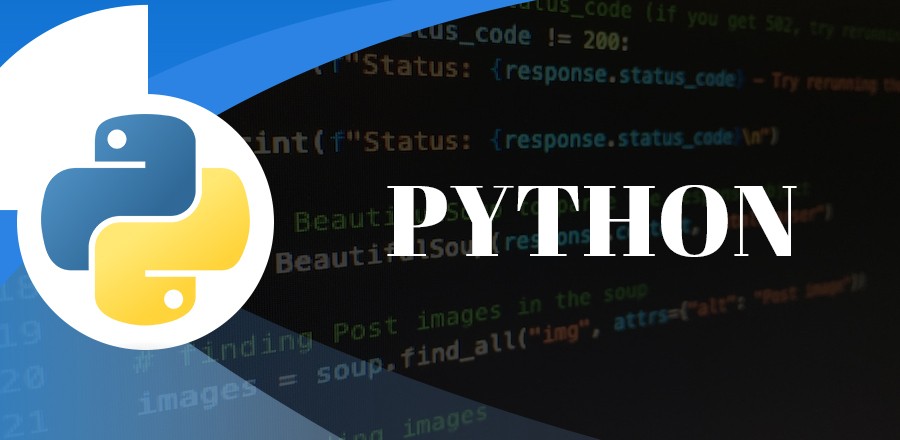
Quality courses introduce Jupyter Notebook for live exploration, Git for version control, and tiny tests to catch mistakes early. These tools create habits that employers respect, proving that the learner appreciates a clean workflow. Over twelve focused weeks, students often build a portfolio piece like a budget tracker or small social bot. This finished item shows hiring managers that theory has become practice. Graduates leave knowing how to read documentation, debug logically, and share clear commits, putting real substance behind their resume headlines.
Consistent mentor feedback truly acts as a multiplier for comprehension and speed. Regular code reviews point out edge cases, naming conventions, and memory considerations that automated linters may miss. Early exposure to constructive critique strengthens resilience and problem-solving ability. Some programs pair students with volunteer professionals who share career advice and interview insights. These one-on-one sessions often lead to networking contacts that prove useful when job searches begin.
JavaScript Unlocks Interactive Web Projects
Within browsers, JavaScript drives every moving part, from dropdown menus to live chats. A solid beginner course first presents the Document Object Model. This framework lets code change text, swap images, and react when users press buttons. Students witness static pages turning into living screens, which builds excitement and keeps focus. Later lessons add modern syntax like arrow functions, template strings, and module imports. Fetch requests teach how to pull data from servers, enabling weather widgets or scoreboards. Each module ends with a small project that reinforces fresh concepts.
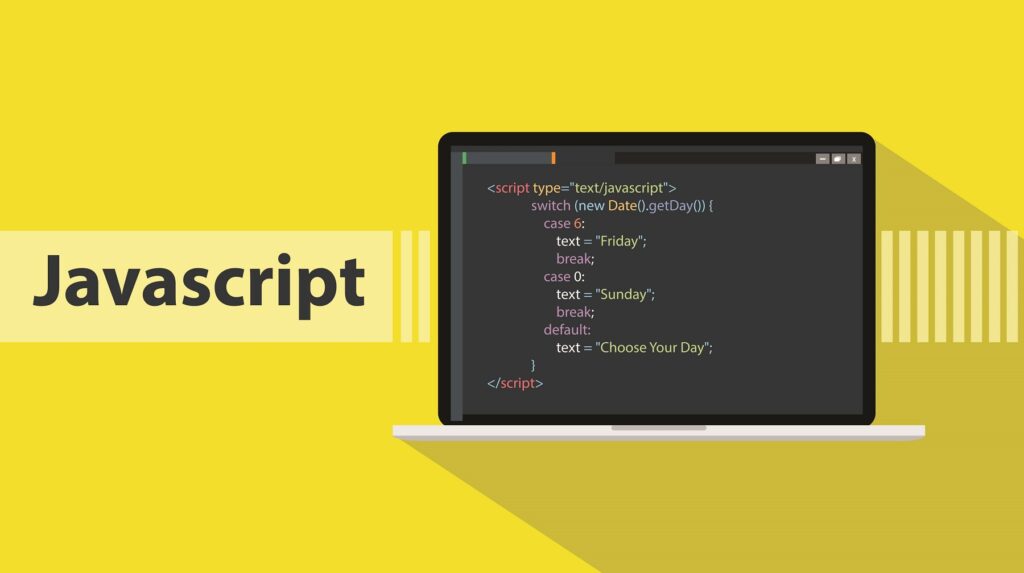
Because Node.js runs JavaScript outside the browser, one track can cover both client and server sides. This single language path simplifies study and improves job versatility. Learners practice building REST endpoints, reading environment variables, and storing data in document databases. Strong programs also explain linting, automated tests, and basic security measures like input sanitization. An active ecosystem supplies endless libraries plus discussion boards that answer odd errors quickly. Gaining JavaScript skills early sets the stage for richer interface work and full-stack roles later.
Modern courses also stress TypeScript, a typed superset that adds safety to large codebases. Introductory sections cover type annotations, interfaces, and generic functions, preparing learners for enterprise environments. Bundlers like Vite or Webpack appear next, teaching asset optimization and hot reloading. These experiences reveal performance considerations early, so graduates can ship faster interfaces that delight users.
Building Skills Through a Front-End Track
Front-end tracks merge HTML, CSS, and JavaScript to craft what users touch. The journey starts with semantic HTML that helps screen readers and search engines understand content. Learners then follow responsive CSS, using Flexbox and Grid to reshape pages for phones, tablets, and desktops. After styling feels natural, JavaScript adds forms, motion, and live data binding. Once core ideas solidify, frameworks like React or Vue appear, showing component thinking and state control. Projects include landing pages, tiny games, and simple shops, all added to portfolio sites.Building Skills Through a Front-End Track
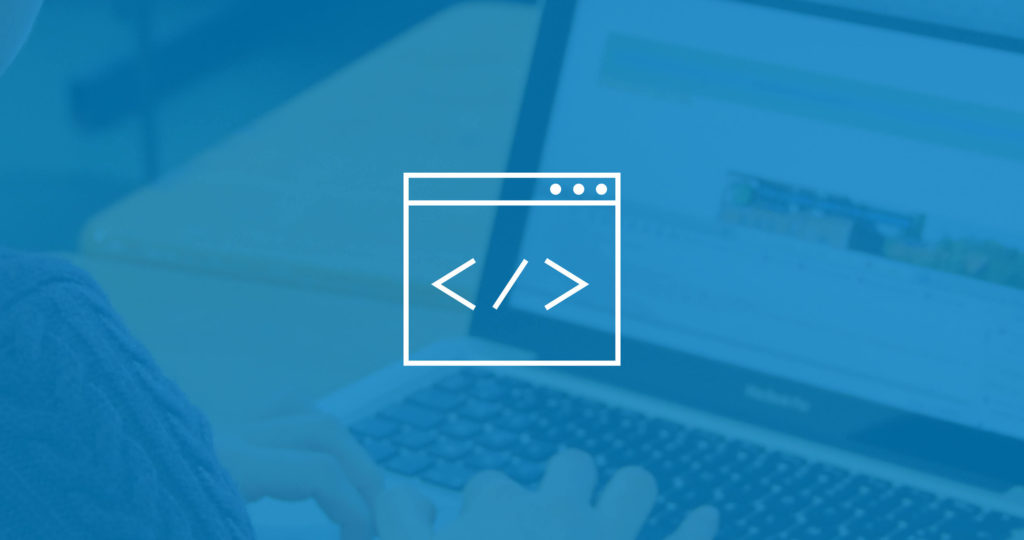
Good front-end programs also reinforce vital soft skills that improve teamwork. Students practice writing accessible color schemes, adding test suites, and following design system guidelines. They also learn to communicate with back-end teams by reading API documentation and handling error codes gracefully. Many courses feature group sprints where each member owns a feature, mirroring modern scrum workflows. These experiences teach version control, branching, pull requests, and constructive feedback. Graduates leave able to speak to designers about spacing and developers about JSON without losing clarity.
Learning the Full Stack Workflow
Comprehensive web programs stretch from browser layout to server deployment. After polishing front-end basics, learners dive into routing, database models, and authentication rules. Popular stacks include Express with Node, Django with Python, or Rails with Ruby, each stressing clear code structure and convention. Courses highlight REST design, environment variables, and password hashing to keep user data safe. Students build unit tests and use continuous integration pipelines that resemble workplace practice, promoting trust in every push.
Team assignments closely mirror professional life inside modern software companies. Groups hold stand-ups, split tasks by feature, and review pull requests with helpful comments. These activities foster communication and emphasize shared ownership over code quality. Near the end, instructors guide deployment to cloud hosts such as Heroku, Netlify, or AWS. Learners configure environment settings, scale instances, and monitor logs to ensure uptime. Completing the full stack loop helps graduates picture how ideas travel from sketch to stable product. The exercise makes them adaptable to many roles within different software teams.
Bootcamps Compared with Self-Paced Paths
Choosing between an intense bootcamp and a flexible schedule depends on time, savings, and personal drive. Bootcamps compress large volumes into twelve to twenty-four-week blocks filled with live talks, pair sessions, and constant feedback. The pace keeps momentum high, yet fatigue may build if family or job duties intrude. Tuition can feel heavy, though future income share deals or scholarships sometimes reduce risk. Graduates often gain a strong network, polished portfolio, and interview practice that shorten job hunts.
Self-paced study moves at the learner’s rhythm, stretching lessons over nights and weekends. Free first modules let newcomers test the waters, and paid content is unlocked when commitment feels solid. Without fixed deadlines, some students drift once the material becomes demanding, losing progress and morale. This blended route offers welcome freedom early and solid accountability later.
Setting Goals and Staying on Track
With countless courses available, final selection may feel like another puzzle. Start by writing clear aims, such as gaining a junior role within six months or automating office spreadsheets. Matching goals to course depth blocks shiny but irrelevant distractions. Next, learners should consider their personal study style and natural strengths. Visual minds thrive on interactive video, while strong readers may pair guides with practice sites. Budget plays a role; stacking several low-cost modules can equal one expensive subscription without heavy strain.
Before paying any fee, read reviews, watch sample clips, and speak with alumni to judge teaching quality. Also, plan support channels such as mentor calls, local meetups, or active forums. Rapid feedback quickly turns stumbling blocks into manageable minor bumps along the way. Consistent study sessions, incremental projects, and regular reflection convert lessons into real-world value. The tech door stays open to those who keep walking.
After locking in a course, boost speed with handy extras. Official documentation sites such as MDN Web Docs and the Python guide answer syntax puzzles in seconds. Short video channels break down Git branching or CSS motion during lunch breaks. Coding challenge platforms supply daily drills that strengthen pattern recognition and memory. Discord servers, Reddit threads, and local groups place beginners among peers who celebrate wins and share fixes. Recording study minutes in a simple spreadsheet or calendar shows progress at a glance.
Combining structured tuition with supportive tools gradually builds lasting learning momentum. Each small project finished, bug solved, or streak maintained reinforces the habit of daily practice. Over weeks, those habits compound into strong skills that attract meaningful offers. New developers who keep refining code and sharing knowledge turn early interest into rewarding long-term careers.


